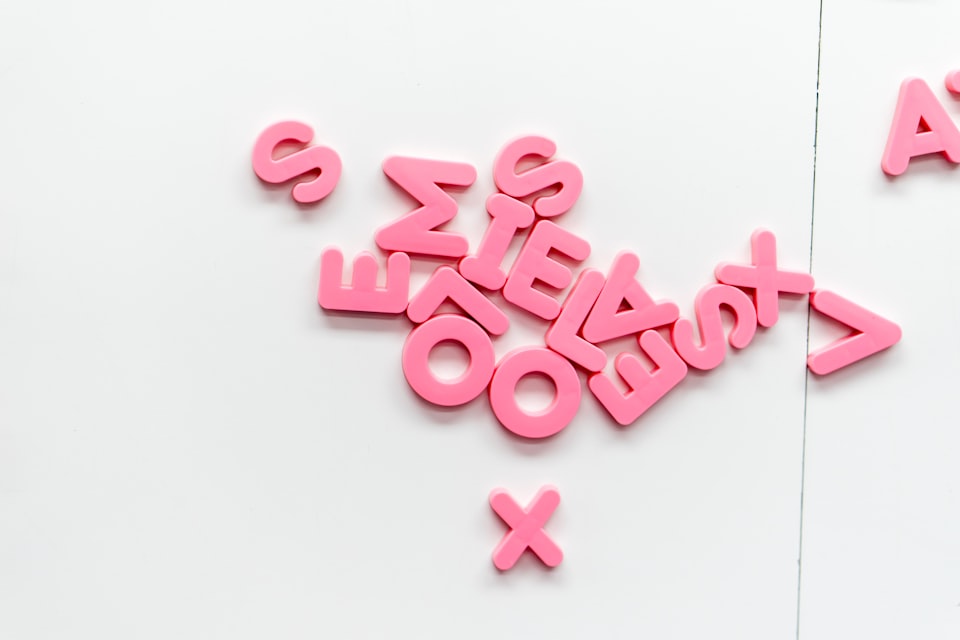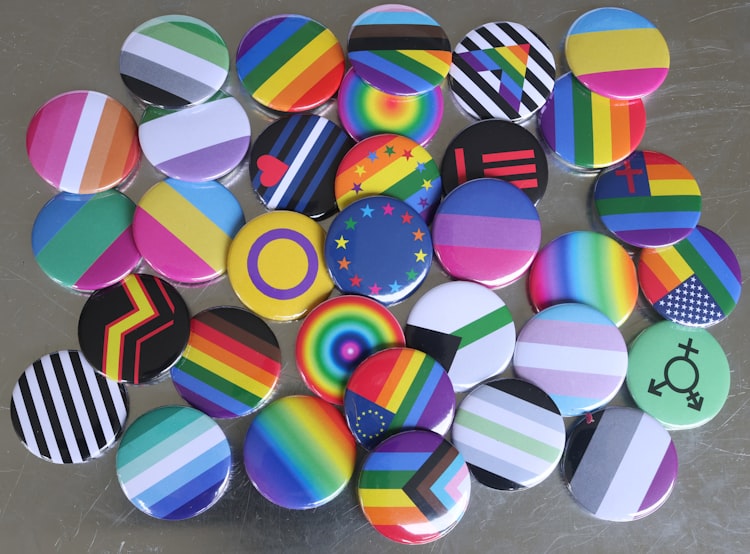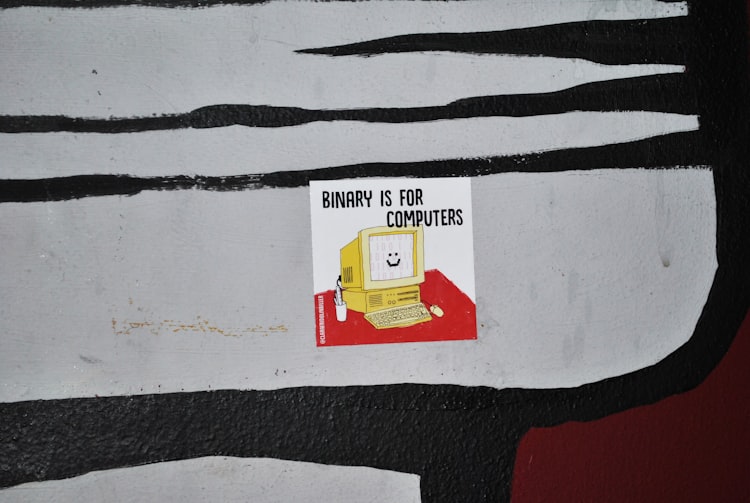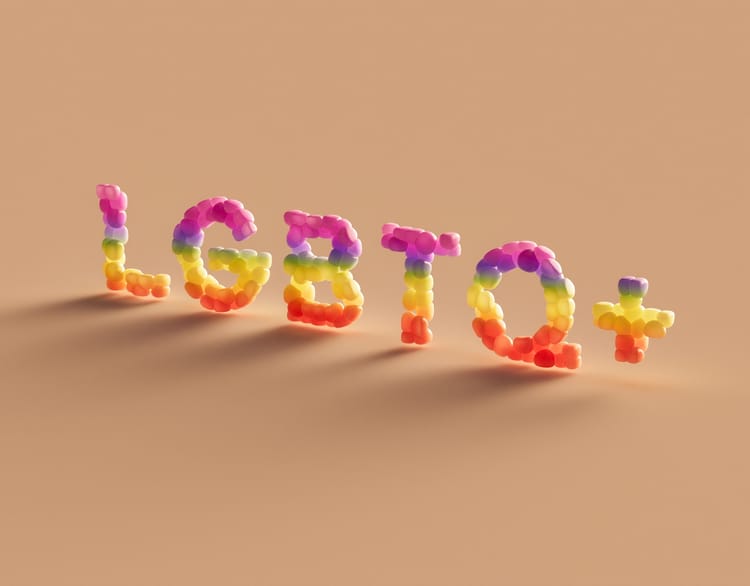Magnetic Metaphors: Understanding Gender and Identity Politics Through the Polarity of Magnetism

As a kid in elementary school, I remember we were taught about magnetism.
We were given two rectangular-shaped magnets. They were silver with a capital N on one side and a capital S on the other to signify the magnetic north and south poles. I laughed at how you could feel the invisible energy pulling the north to the south end, but I could not understand how moving both north ends to each other (or south to south) would push back.
The repelling force only increased as I tried to force the same poles together.
Empirically, extremes cannot connect.
Instead, extremes repel each other. Metaphorically, magnets provide a basic understanding of how binary relationships work — opposites attract and work together in a yin-yang relationship.
Now, contrast this idea with identity politics, where we find too much of the same kind of energy invested in each side being right — completely repelling the other.
In the fight for diversity and inclusion, we are butting heads by forcing the same energy of anger, dominance, and superiority against our opponents.
Arguments are never won in a fight.
There are two reasons why identity politics make people feel uncomfortable:
First, change is happening too quickly — along with so much new information — that people don’t have time to readjust their understanding of what was.
We are regularly expanding our understanding of what it means to be a human and how to perceive ourselves across the evolving ideas of gender and sexuality. How we define gender and sexuality today is more fluid — linguistically and in practice — than what heteronormative systems like Christianity and Western thought have allowed us to believe — let alone express and experience.
Secondly, people over-identify with identity constructs instead of their nature.
Admittedly, it is challenging to break free from the ideas and social constructs of sex and gender. These labels and identifications have been taught to us as early as we can remember and are foundational to our self-awareness and self-definition. However, that doesn't mean we shouldn't question what we've been taught to believe.
Presently, labels are vital.
Labels provide a way to define who we are and that we’ve always been here. For example, we have the language found in gender theory and the initialism 2SLGBTQIA+ to substantiate our uniqueness and broaden the heteronormative 2-gender binary.
There’s simply no reason to oppose anyone’s freedom of self-expression. All any of us want, who identify as 2SLGBTQIA+, is to find others who love us for having desires apart from what the rest of society wants us to experience.
If nature has provided a thousand species of trees, why shouldn’t the same apply to human gender expression?





Member discussion